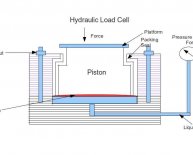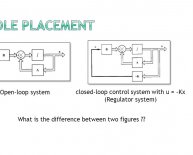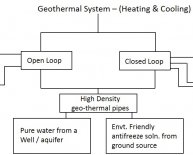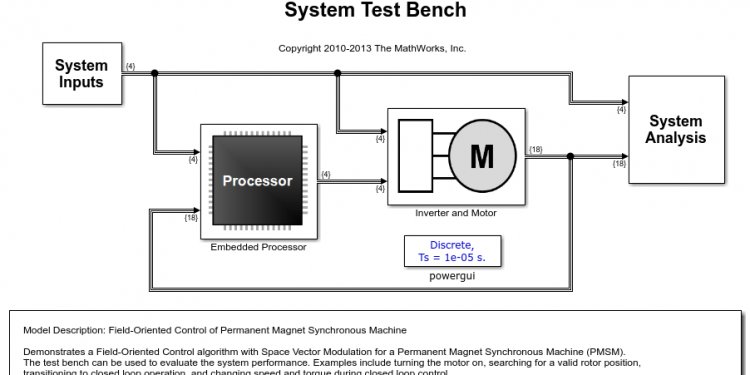
Definition of open loop system
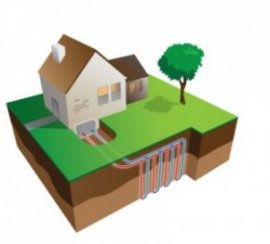 All homes vary in one way or another, whether it is in size, location, insulation type, or a number of other factors.v Therefore, geothermal heating systems need to be customized in order to operate efficiently. One decision homeowners must make is whether to install an open or closed loop system. Both types of loop fields effectively link to the geothermal heat pump, however there are some distinct differences in how they function.
All homes vary in one way or another, whether it is in size, location, insulation type, or a number of other factors.v Therefore, geothermal heating systems need to be customized in order to operate efficiently. One decision homeowners must make is whether to install an open or closed loop system. Both types of loop fields effectively link to the geothermal heat pump, however there are some distinct differences in how they function.
Closed Loop System
A closed loop system consists of underground continuous piping loops that are filled with an anti-freeze-like liquid that helps transfer the ground temperature to the geothermal heat pump. A closed ground loop system can be installed either vertically or horizontally depending on your yard size (To learn more about vertical and horizontal loops click here). A vertical ground loop is the most common installation for a geothermal heat pump system because it requires minimal space. A drilling contractor (often a well-driller) will drill the necessary boreholes which run about 5″ in diameter in order to fit the necessary piping. However, if a homeowner has enough property a horizontal ground loop can be more cost efficient (but not always), since it does not require a drilling rig, only a backhoe or ditch witch.
Open Loop System
The primary difference between open and closed looped systems is the use of ground water. An open loop system is less common, you need to have an ample source of ground water. An open loop system is connected directly to a ground water source such as a well or pond and directly pumps the water into a building to the heat pump unit where it is used for heating and cooling.
Where does the used water go?
There are several ways that open loop geothermal heat systems can dispose of water. One is through surface drainage, where the water is deposited to a low area, such as a pond or river. Another method of ridding of water is re-injection. In this process, water is pumped back into the water source through a separate discharge well. In returning the water back to the earth, it is important to note that there is no pollution generated. The only difference in the water once processed through the geothermal heat pump is a slight change in temperature.
Before installing an open loop system, it is critical to know whether the well contains enough water to power your geothermal heat pump. Although a well may contain the necessary amount of water for your geothermal heat pump, it could also deplete a neighbor’s well source. Make sure to check with your local contractor on whether there is enough water to install an open loop geothermal heating system. Other concerns about open wells are expressed in the post below.

